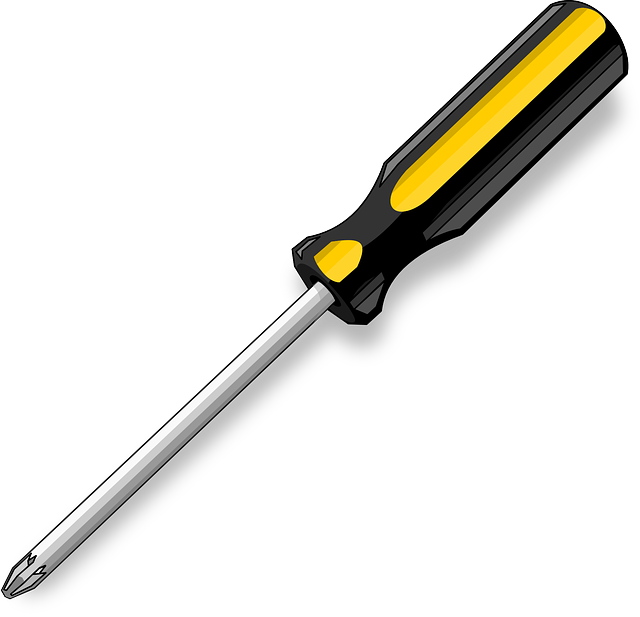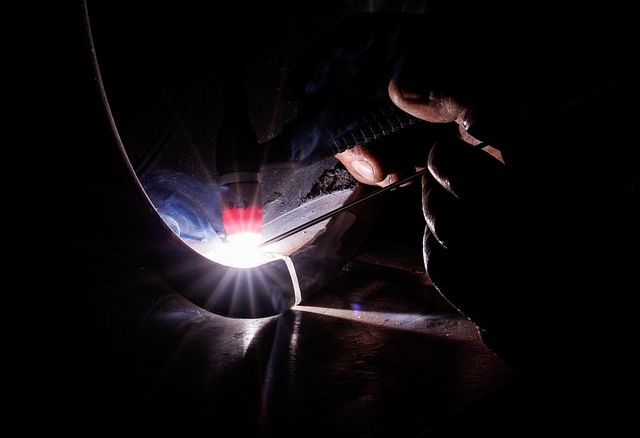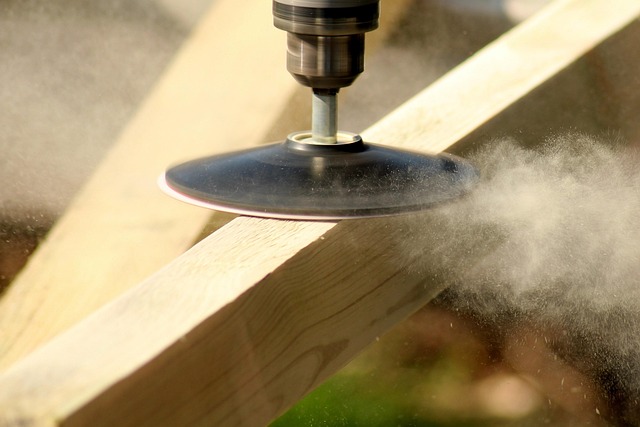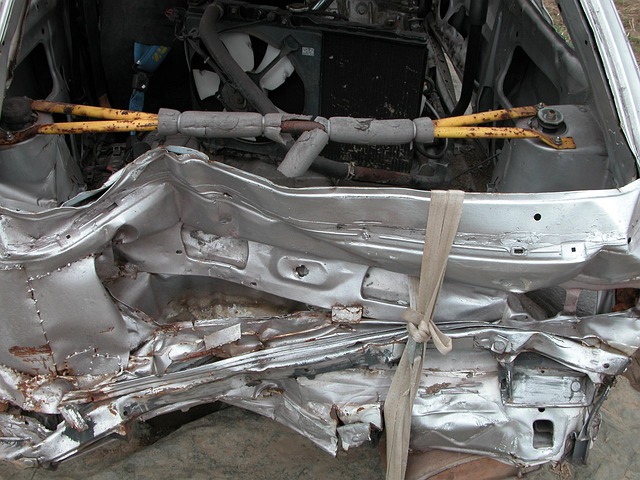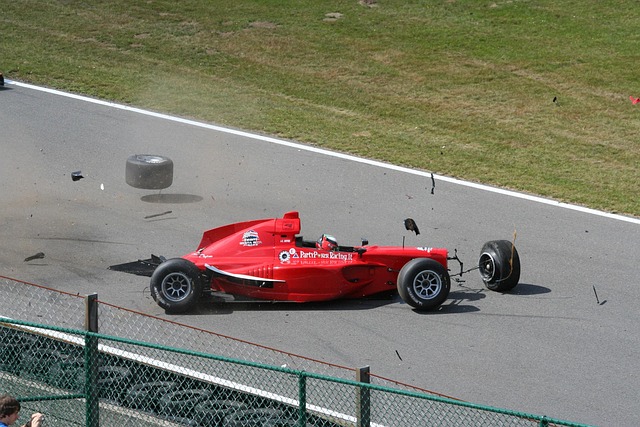Tesla's remote diagnostics after a repair are essential for preparing vehicles for Full Self-Driving (FSD) capabilities, enabling continuous monitoring of location, speed, and critical systems like brakes, steering, and electrical components. This technology facilitates effective collaboration between Tesla and collision repair shops to meet safety standards, ensuring optimal vehicle performance before returning to the road. Remote diagnostics check sensor functionality for ADAS like Autopilot and FSD, enhancing safety, efficiency, and driving experiences while maintaining peak performance.
Tesla’s remote diagnostics capabilities post-repair are pivotal in advancing their Full Self-Driving (FSD) ambitions. This comprehensive guide delves into the intricacies of Tesla’s remote diagnostic tools, exploring how they impact FSD performance and safety. We’ll discuss best practices for implementation and maintenance, ensuring these advanced features contribute to efficient, secure autonomous driving experiences. Understanding and leveraging Tesla remote diagnostics after repair is key to navigating the future of self-driving technology.
- Understanding Tesla Remote Diagnostics: A Comprehensive Overview
- The Impact of Post-Repair Remote Diagnostics on Full Self-Driving (FSD) Capabilities
- Ensuring Safety and Efficiency: Best Practices for Implementation and Maintenance
Understanding Tesla Remote Diagnostics: A Comprehensive Overview
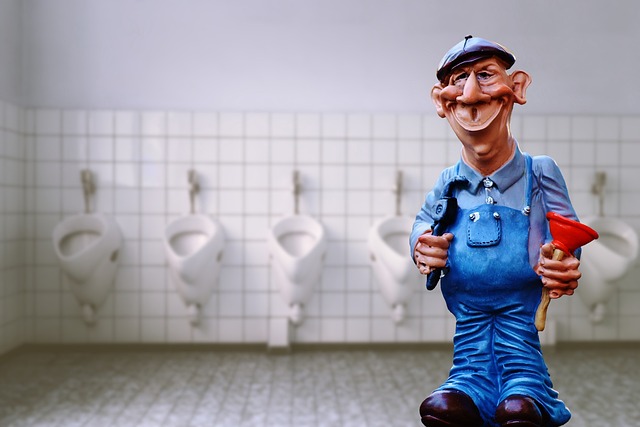
Tesla’s remote diagnostics after a repair play a pivotal role in preparing for full self-driving capabilities. This advanced system allows Tesla to monitor and assess vehicles remotely, ensuring optimal performance post-repair. By leveraging cutting-edge technology, Tesla can collect real-time data from various sensors and components, providing an in-depth understanding of the vehicle’s condition.
This comprehensive overview involves a detailed analysis of every aspect, from tracking vehicle location and speed to monitoring critical systems such as brakes, steering, and electrical components. Such remote diagnostics are especially beneficial for collision repair shops dealing with auto collision repair or car collision repair, enabling them to collaborate effectively with Tesla to ensure vehicles meet the highest standards before they hit the road again. This collaborative approach not only enhances safety but also supports Tesla’s ambitious goal of achieving full self-driving readiness across its fleet.
The Impact of Post-Repair Remote Diagnostics on Full Self-Driving (FSD) Capabilities
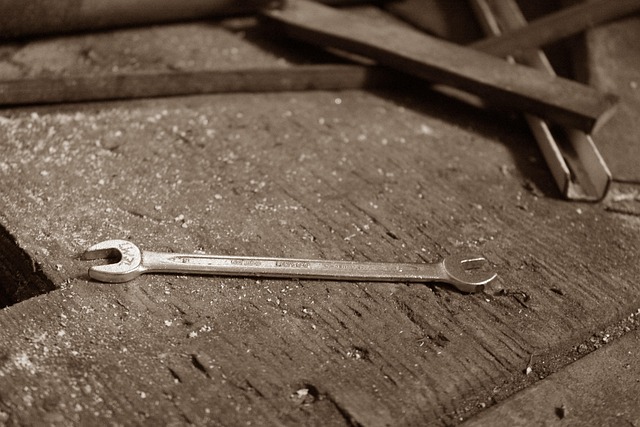
Tesla’s implementation of remote diagnostics after repairs plays a pivotal role in enhancing Full Self-Driving (FSD) capabilities. This advanced technology allows for continuous monitoring and optimization of a vehicle’s performance, ensuring that every component, from sensors to software, functions seamlessly. Following a repair at an auto collision center or during a car body restoration process, remote diagnostics enable Tesla to remotely assess the vehicle’s health, identifying any discrepancies that may impact autonomous driving features.
By leveraging this technology, Tesla can proactively address potential issues before they affect FSD performance. This not only improves safety but also extends the lifespan of the vehicle’s self-driving capabilities. Furthermore, it allows owners to stay informed about their car’s readiness for advanced driver assistance systems, ensuring a smoother transition towards fully autonomous driving experiences.
Ensuring Safety and Efficiency: Best Practices for Implementation and Maintenance
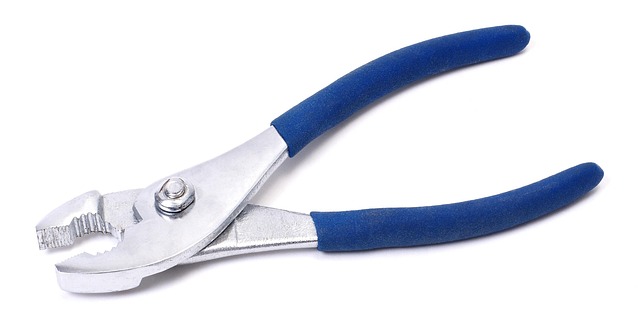
Ensuring Safety and Efficiency: Best Practices for Implementation and Maintenance
In the context of Tesla remote diagnostics after repair, safety is paramount. As vehicles increasingly incorporate advanced driver-assistance systems (ADAS), precise and timely data transmission becomes crucial for optimal performance. Post-repair, utilizing Tesla’s remote diagnostic tools ensures that all sensor functionality, including cameras, radars, and ultrasonics, operates seamlessly, directly contributing to the safety of autonomous driving features like Autopilot and Full Self-Driving (FSD).
Implementing best practices for maintaining these systems involves regular checks, both remotely and during physical inspections at a trusted auto collision center. This includes verifying data accuracy, identifying any anomalies, and promptly addressing issues related to hardware or software updates. By adhering to these protocols, Tesla owners can have peace of mind knowing that their vehicles are not only ready for FSD but also maintain peak efficiency, enhancing overall driving experiences and ensuring the highest level of safety on the road.
Tesla’s implementation of remote diagnostics post-repair is a significant step towards realizing Full Self-Driving (FSD) capabilities. By enabling continuous monitoring and updates, Tesla can ensure their vehicles maintain optimal performance and safety standards. This innovative approach not only supports the evolving nature of autonomous driving technology but also showcases Tesla’s commitment to delivering a seamless and efficient driving experience. With proper implementation and maintenance practices, as outlined in this article, Tesla remote diagnostics after repair plays a pivotal role in shaping the future of self-driving vehicles.
